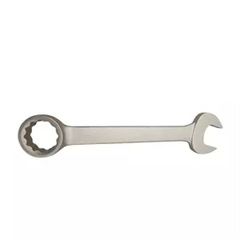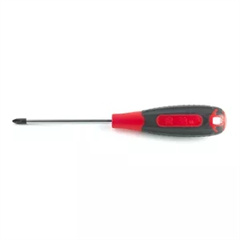Culinary precision Japanese knives are renowned for their exceptional craftsmanship, sharpness, and cutting performance. These knives are often handcrafted by skilled artisans using traditional techniques that have been perfected over generations. Japanese knives are highly regarded by professional chefs and cooking enthusiasts alike for their ability to create precise cuts, enhance the presentation of dishes, and elevate the overall culinary experience. Here are some key features and types of Japanese knives:
- High-Quality Materials:
- Japanese knives are typically made from high-carbon steel or stainless steel. The choice of steel affects factors like sharpness, edge retention, and ease of maintenance.
- Damascus or layered steel is often used to create a beautiful, unique pattern on the blade while also enhancing its strength and durability.
- Sharpness and Edge Geometry:
- Japanese knives are known for their incredibly sharp edges, which are achieved through meticulous grinding and honing processes.
- The blade geometry, including the angle of the bevel and the thinness of the edge, contributes to the knife’s cutting precision.
- Blade Shapes and Types:
- Santoku Knife: A versatile multipurpose knife with a wide blade that excels at slicing, dicing, and chopping.
- Gyuto Knife: The Japanese equivalent of a chef’s knife, used for a wide range of tasks in the kitchen.
- Deba Knife: Primarily used for butchering and filleting fish, with a thick spine that aids in breaking through bones.
- Nakiri Knife: A vegetable cleaver with a straight edge, designed for precise and efficient vegetable preparation.
- Yanagiba Knife: A long, thin slicing knife used for slicing raw fish for sashimi and sushi.
- Usuba Knife: Another type of vegetable knife with a thin blade, ideal for delicate slicing and intricate cuts.
- Handle Styles:
- Japanese knives often feature traditional wooden handles, such as those made from magnolia or ho wood. Some knives may also have Western-style handles made from materials like pakka wood or composite materials.
- Care and Maintenance:
- Japanese knives require proper care to maintain their sharpness and longevity. Hand washing and immediate drying are recommended to prevent corrosion.
- Honing rods can be used to maintain the knife’s edge between sharpenings.
- Sharpening Japanese knives requires precision and expertise, as their thin blades can be easily damaged if not sharpened correctly.
- Brands and Artisans:
- There are several renowned Japanese knife-making regions, such as Seki City and Sakai, known for producing high-quality knives.
- Some well-known Japanese knife brands include Shun, Global, Masamoto, Tojiro, and Miyabi.
When selecting a Japanese knife, consider your cooking style, the tasks you frequently perform, and your level of expertise. Japanese knives are an investment, and with proper care, they can become cherished tools in your kitchen, helping you achieve culinary precision and excellence.























